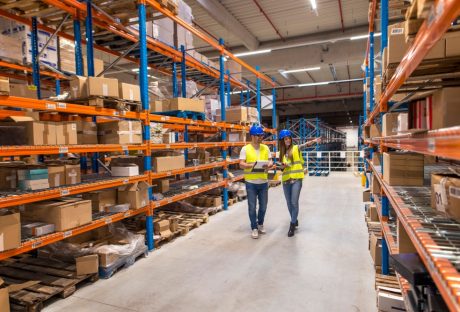When you think about tailor-made suits, it almost seems like more of a luxury compared to anything else. It’s likely one of the main reasons why people tend to steer clear of custom-made outfits, as the investment doesn’t seem worth it to them. When there are so many other things to worry about, spending time and money for a suit specifically designed for you might be a stretch. However, this doesn’t change the fact that there are just as many valid reasons to enjoy the benefits of made to measure suits.
As much as some might say that it’s often too expensive, there are very good reasons why these types of suits require a certain amount of money to purchase. Before deciding on whether to purchase a custom-made suit, it would be a good idea to consider the positives. Since we already know that price is an issue, here are some of the reasons why custom suits are worth the investment.
It can be very difficult to find well-fitting off the rack suits:
For those who claim that they can purchase a suit without having to make it custom-fit, it’s possible but very tricky. For example, there are specific sizes of jacket out there that are easy to find – but if you’re looking for a certain number and fit, things can get challenging. We’re talking about searching online and looking in every nook and cranny for even a hint about that particular jacket. In the end, you might even need to spend more than you would have for a custom jacket! While this is a unique situation, for those of us who can be picky, it’s often the best choice to go with custom.
Never underestimate the impact of a suit to your specifications:
Comparing someone who purchased their suit off the rack versus a custom suit is like comparing night and day. You’ll easily see a person with a custom-tailored suit; each curve is accentuated but never tight. It’s form-fitting but at the same time uniquely comfortable to that individual. No-one else will be able to wear that suit the way they do, because it was made for them. The look and the overall impact alone are worth the price of admission.
These clothes are made to last:
Last but certainly not least, you want a suit that can survive the wear and tear of multiple wears a year. A proper suit can survive for longer than two decades provided you take good care of it – much longer still if you know how to keep it from being too worn down. With only the most quality materials, you can expect custom-made clothing to last.
To conclude, is a tailor-made suit worth the investment? It most definitely is. For those who can spare the money to have a suit custom-made for them, there are few things more dashing and impactful. While it still might depend entirely on whether you can spend the money and effort, there’s no doubting the overall bang for your buck!
Read Also:






















